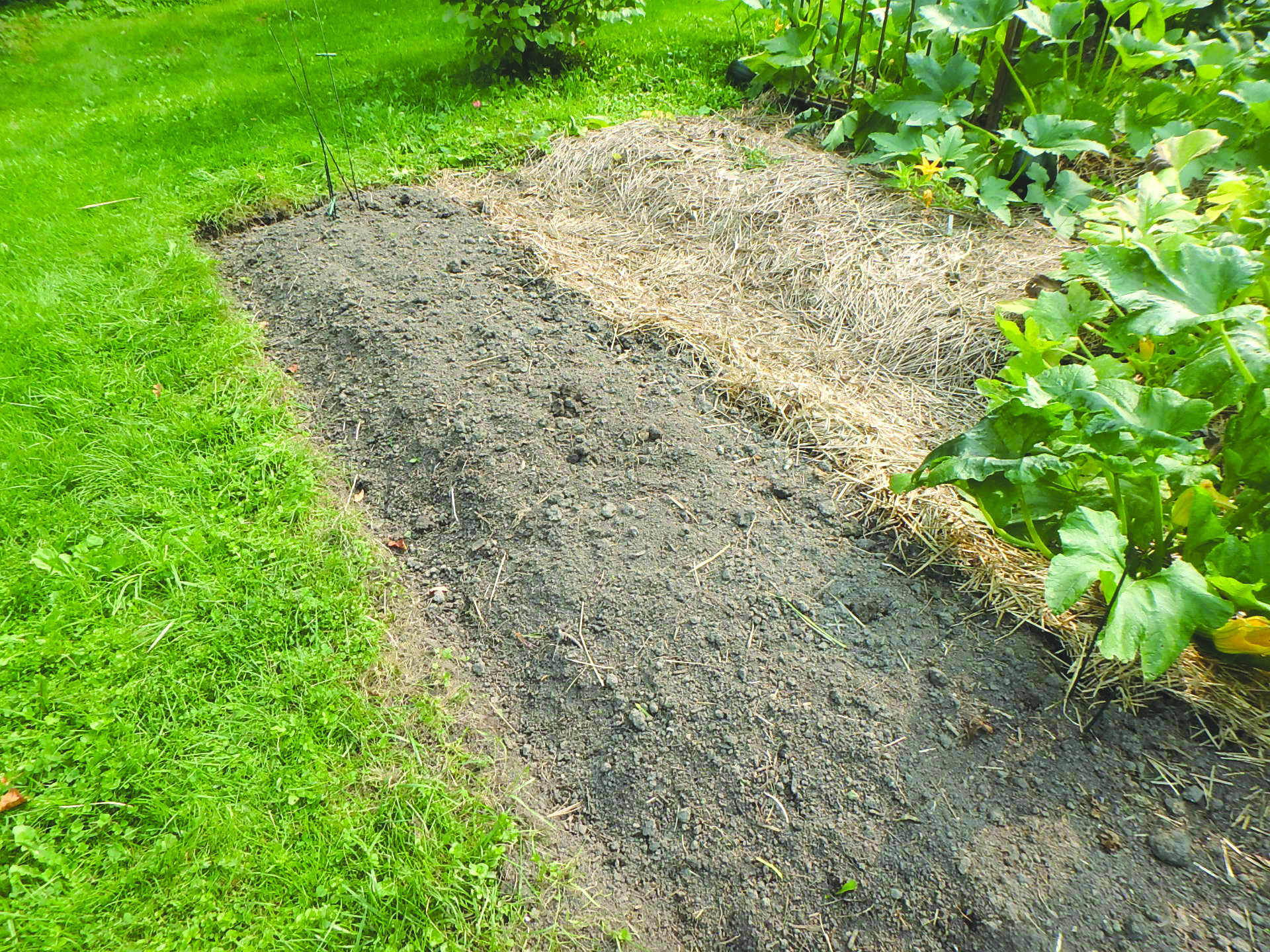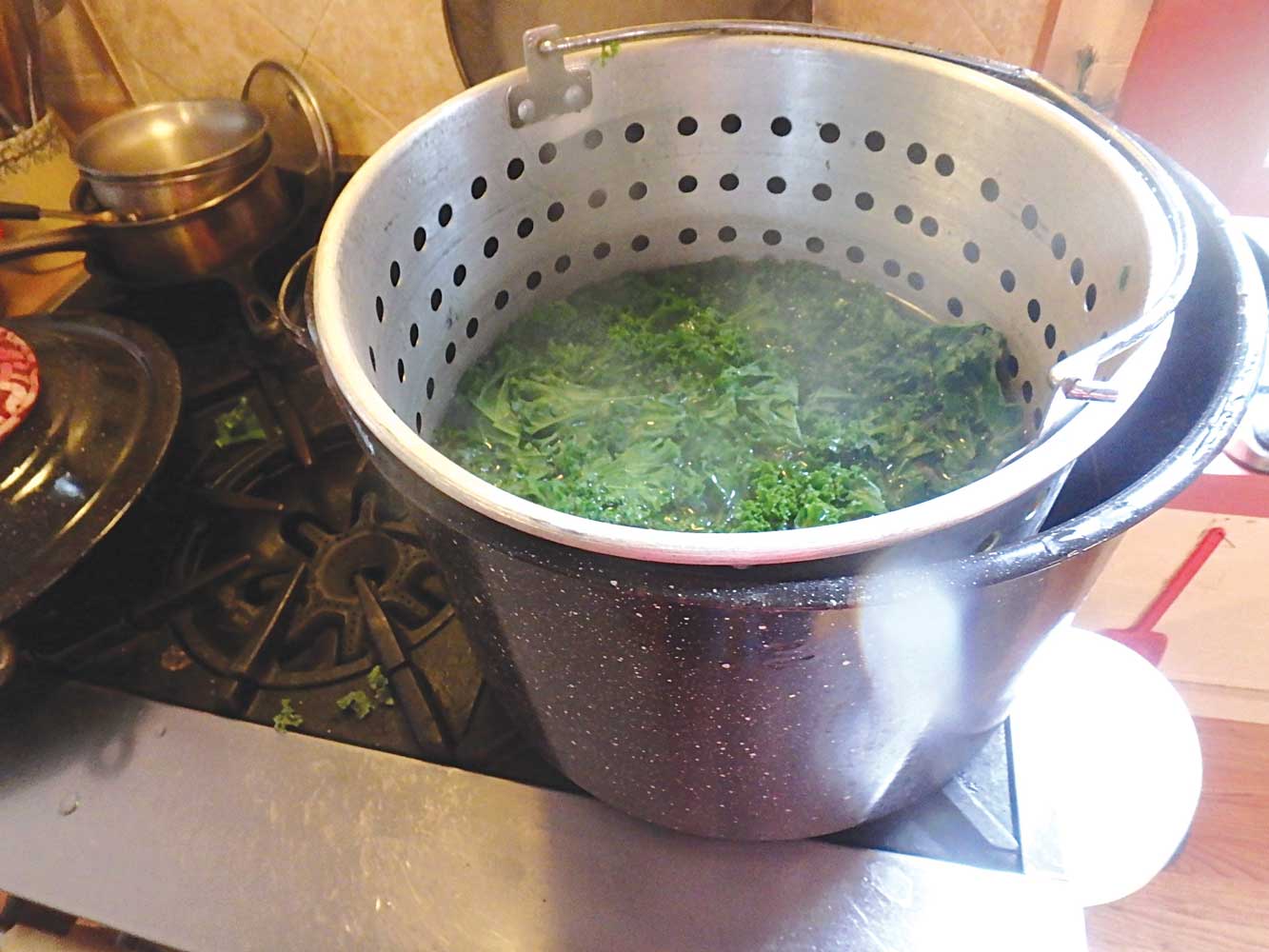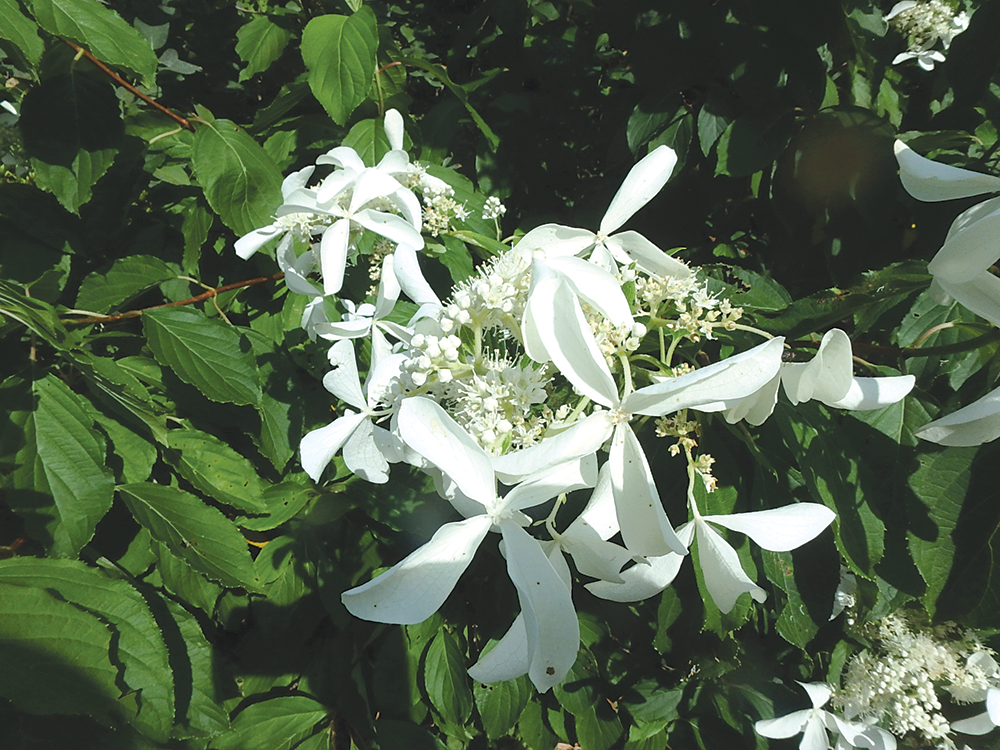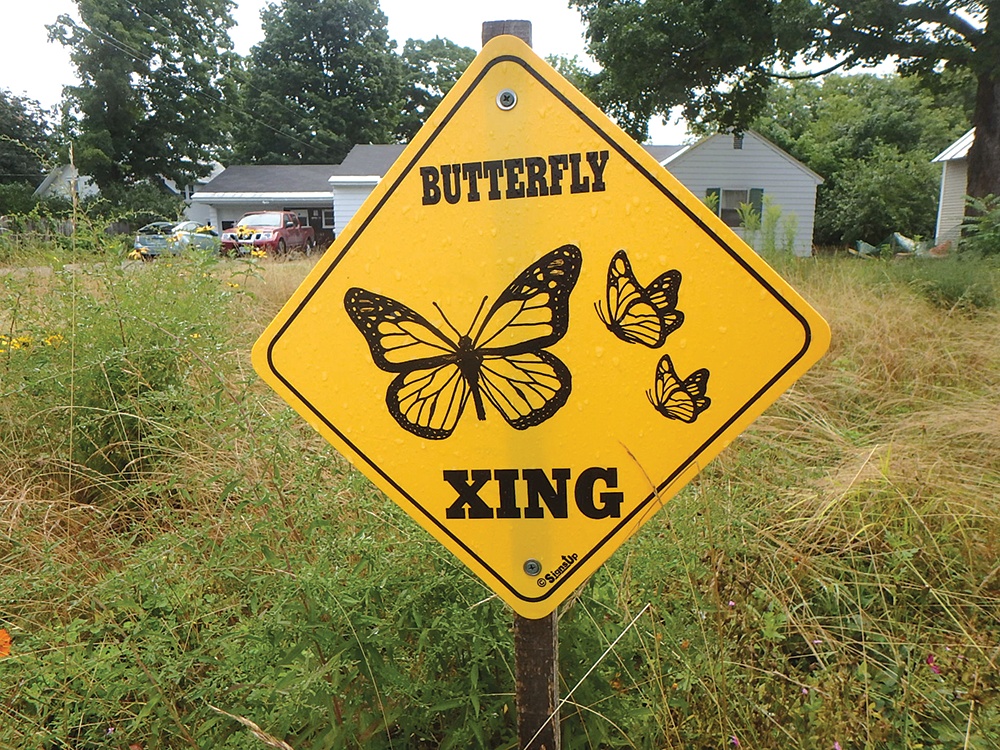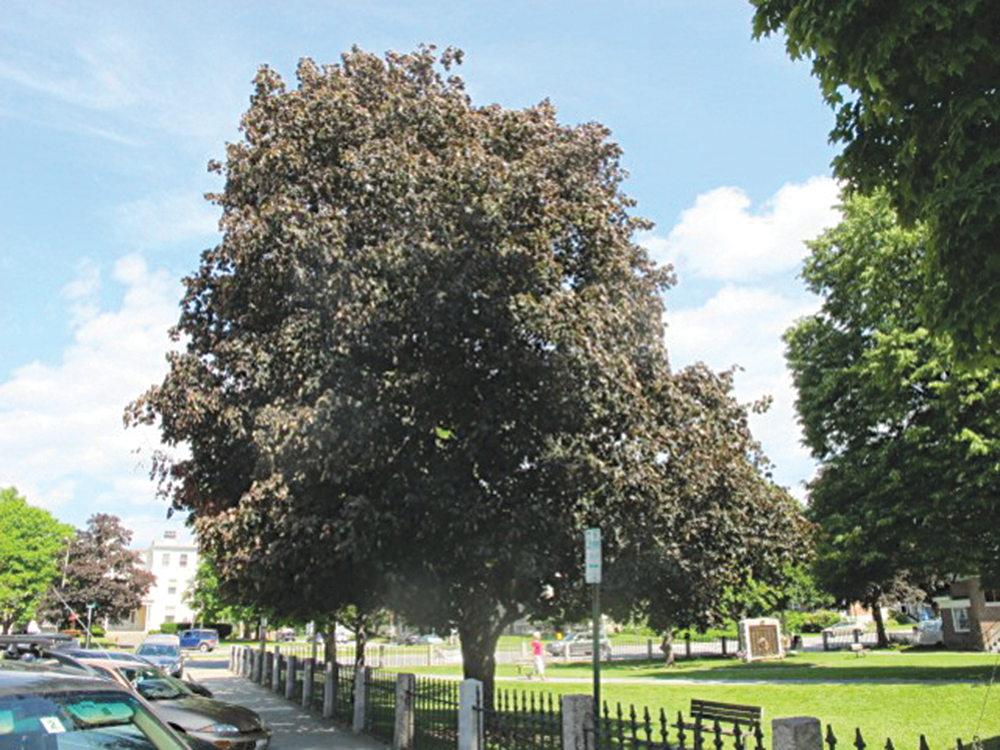Get started early to avoid the cold
This year I resolve to get my garden put to bed early so I am not wearing gloves and long johns as I cut back the daylilies on cold, wet fall days.
First on my list is the need to sow some grass seed. I have places where my lawn was killed when a torrential downpour dumped sand from my road onto the lawn. Fall is a better time to sow seed because the ground is warmer and it will germinate quickly. In the spring, seed can rot during cold, wet weather. I will spread some topsoil or compost to improve the soil, then mix it in with a short-tined rake. After spreading seed, I will cover it with a layer of straw. That will help to keep the soil and seeds from drying out, though I will water occasionally if it gets dry.
Chrysanthemums are for sale now at farm stands, and I purchased a few pots of them to brighten up the front yard. I treat them as annuals, even though some of them are perennial. But the growers cut back the plants as they grow, causing them to branch out and produce hundreds of blossoms on bigger plants. If I let them over-winter, the plants would have some flowers, but never so many as what the professionals produce. It’s worth it to me to buy a few each fall.
Mums in pots tend to dry out quickly, so I have been soaking mine in my birdbath. That way the pots suck up water, getting it down deep. I could actually plant my mums in the ground, but I like them in pots on the front steps or in my wooden wheelbarrow. They need water every few days.
This is also the time of year when I move shrubs. I recently moved a diervilla, one called Kodiak. It was given to me years ago, and it was crowded in between a crab apple tree and a red-veined enkianthus. I decided it needed more space to grow, and I wanted to expose a stone wall behind it. So I dug it up.
This shrub is about three feet tall and wide and had been in the ground more than five years. I used a shovel called a drain spade: a spade with a long, narrow blade. I pushed it into the ground at a 45-degree angle in four places around the bush. Each time I pushed the shovel handle down to lift the shrub slightly. Then, when I’d gone all around it, I got the spade under the middle of the plant, pushed down hard, and popped it right out. I tugged on the plant and pulled it loose, roots and all. Some were cut by my shovel, others not. I moved it to its new home, covered the roots and watered well. A week later it looks fine.
The vegetable garden is winding down, and as each crop is harvested, I weed the row and apply mulch as needed to keep wind-blown seeds from finding a home. My favorite mulch consists of chopped fall leaves: I run over leaves on the lawn with my lawnmower to chop them, and rake them onto a tarp, which I drag down to the vegetable garden. It’s too early for leaves, so I’m using straw for now.
When cleaning up the vegetable garden it’s important to keep diseased plants separate from healthy ones (which go on the compost pile). I generally have a location for noxious weeds and diseased plants and do not use that material after it breaks down, or not for many years.
I tend to get a little lackadaisical about the perennial flower gardens late in the season. Weeds and grasses have a way of showing up there, and by pulling them now, the work will be less in the spring. Cindy and I have done a pretty good job of mulching the flower gardens this year using a ground hemlock bark mulch, though some weeds push on through. This is a good time to get rid of those rascals.
I cut back some flowers in the fall but like to leave some tall perennials — birds enjoy their seeds, and some beneficial insects need places to lay their eggs, or to use as shelter. On the other hand, there is a lot to do in the spring, and cleaning up the flower beds now reduces the work later on. Cutting back perennials with a pair of pruning shears is tedious. I prefer to use a serrated harvest sickle that allows me to slice through a handful of stalks in one quick motion.
This is also a good time to divide perennials to make more plants. Peonies, for example, are best divided and moved in late September to mid-October. Dig up daylilies, phlox or asters now the way you would a shrub, and then use a small saw or root knife to divide it into two or more plants. Most plants like being divided, assuming you give them some compost and a little fertilizer
Featured Photo: Photo by Henry Homeyer.

